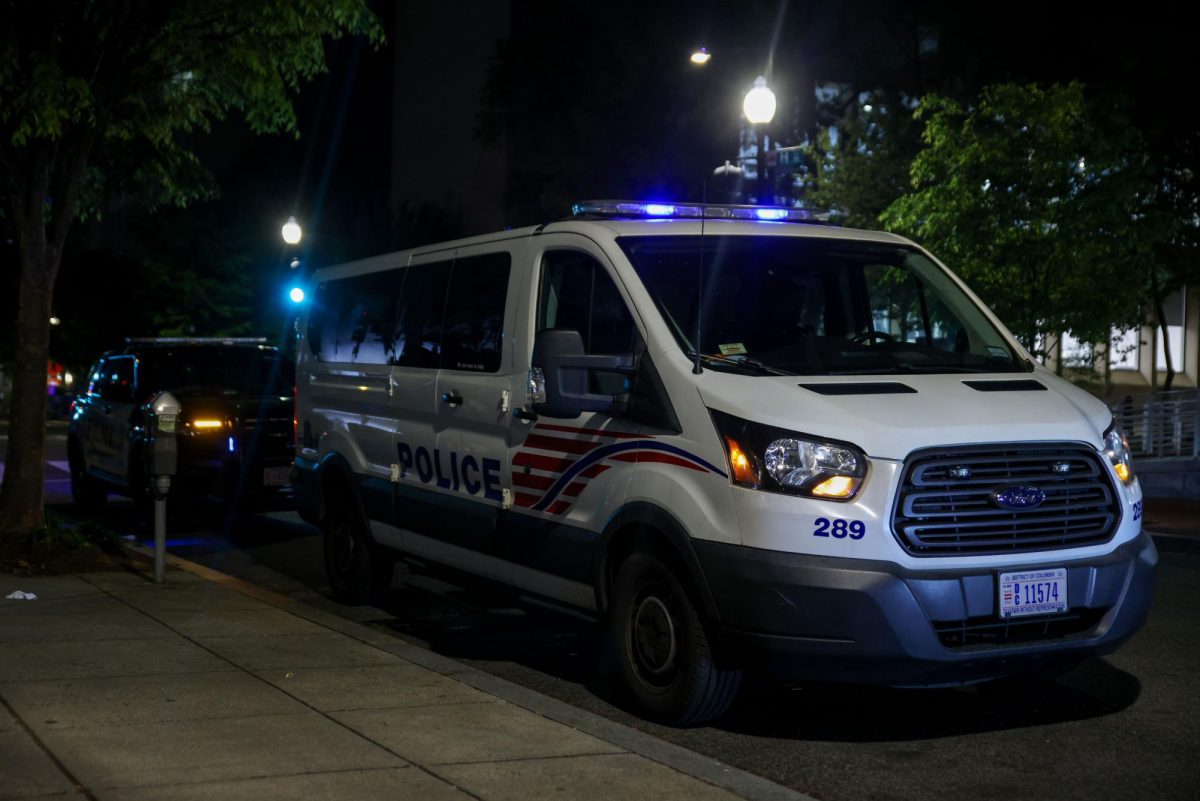As students go to the polls Thursday, they will have fewer undergraduate Student Association Senate and presidential candidates to choose among – the lowest in at least four years, according to SA records.
This year’s Senate election features almost half as many candidates running for the Senate. In total, 26 undergraduate students are running for the body, which is the lowest number of candidates since 2003. Last year 48 students ran for Senate. The presidential race includes five candidates, which is the lowest it has been since 2002, when only three students ran for president. Last year, eight students ran.
Members of the Senate point to the successful year and lack of scandal and negative attitudes towards the organization as being a reason for the decrease.
“One of the reasons that there isn’t a lot of candidates running this year is because there isn’t controversy,” said SA Executive Vice President Josh Lasky, a senior. “We have done okay this year, so people are apathetic.”
In years past, the SA signified scandal for some students. Examples include criticism 2004-2005 SA President Omar Woodard received for his group’s expenditure of $414 in SA funds on an eight-person dinner at a Georgetown restaurant. Financial records showed that SA officials from that year and the previous year had spent nearly $7,000 on meals. Last year’s President Audai Shakour came under fire when he received sexual harassment allegations from a student.
SA Sen. Marc Abanto (U-At Large), who has served in the Senate for two years, said that many of the candidates who ran in the past were running in an effort to fix the corruption of the SA.
“What has driven people to run in the past is a disconnect in the SA,” said Abanto, a junior, who is running for president this year. “It isn’t there this year. In the past years, the race brought in a lot of people who were not happy with the SA.”
Many of the candidates who ran last year were on slates and attempted to have at least one candidate running for each seat available in the SA. The 2006 election included three slates, which was an increase from one slate in the 2005 election.
This year there are only two slates with presidential candidates – Marc Abanto’s “the Student Union” and presidential candidate Michael Ray Huerta’s “Students for Progress.”
Although most students running for seats on the Senate this year are members of slates – which includes a presidential candidate along with candidates for Senate seats – only Abanto’s slate has candidates for all of the undergraduate senate seats.
“I think the slates last year inflated the number,” said Senator Chris Rotella (CCAS-U), a junior, who is running for EVP this year with the “Students for Progress” slate. “In addition, everything was very rushed this year. I believe that people who may have wanted to run didn’t have enough time to prepare.”
Last year, the general election took place at the end of March, almost a month later than this year’s election.
Despite a smaller pool of undergraduate candidates this year, it is not the lowest number of students to run for seats in the SA.
The 2002 election featured the lowest number of candidates running for seats in the Senate elections between 1998 and 2007.
Only nine of the 30 existing senators ran for reelection in the race, according to a February 2002 Hatchet report.
The Hatchet reported that many of the candidates who did not run for reelection were dissatisfied with the lack of progress in the SA.
SA Sen. Robert Platt (CCAS-U), who sponsored the failed bill for the new SA constitution and SA restructuring, echoed similar sentiments.
“This is an indication there is an extreme apathy in this organization,” said Platt, a sophomore, during the Senate meeting on Tuesday. “There is very little interest in the Senate. Changes are needed.”
Data is based on information from the JEC from 1998 to 2007. The number of undergraduate Senate and presidential candidates studied was found by counting the number of candidates listed on the election ballots for those years. This total does not include write-in candidates.
In addition, undergraduate students who ran for seats as School of Business and Public Management senators from 1998 to 2005 were counted as School of Business candidates when the graduate School of Public Management split from the School of Business in 2005.







